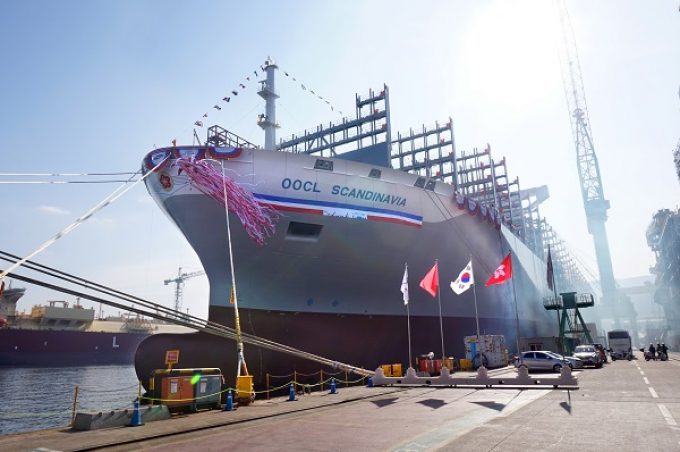Disconnect: time-charters and the freight market
Time to jump off?

The number of containerships in hot or cold lay-up has fallen to 114, from 136 in the past two weeks.
According to Alphaliner, which warned that newbuild deliveries and M&A activity could reverse the downward trend.
The analyst said the amount of idle cellular tonnage had declined from 520,365 teu to ...


Comment on this article